Rising Demand for Plant-Based Products
The increasing consumer preference for plant-based diets is driving the Rice Derivative Market. As more individuals seek alternatives to animal products, rice derivatives such as rice milk, rice protein, and rice flour are gaining traction. According to recent data, the plant-based food market is projected to reach a value of over 74 billion dollars by 2027, indicating a robust growth trajectory. This trend is likely to bolster the demand for rice derivatives, as they are perceived as healthier and more sustainable options. The Rice Derivative Market is thus positioned to benefit from this shift, as manufacturers innovate to meet the evolving tastes and dietary requirements of consumers.
Expansion of the Food and Beverage Sector
The ongoing expansion of the food and beverage sector is a crucial driver for the Rice Derivative Market. As the global population continues to grow, the demand for diverse food products is increasing. Rice derivatives are being utilized in various applications, from snacks to beverages, catering to a wide range of consumer preferences. The food and beverage industry is projected to grow at a rate of 5.5% annually, which could lead to increased incorporation of rice derivatives in new product formulations. This trend suggests that the Rice Derivative Market will likely experience significant growth as manufacturers seek to innovate and meet the demands of a dynamic market.
Sustainability and Eco-Friendly Practices
Sustainability concerns are becoming paramount in consumer decision-making, influencing the Rice Derivative Market. As consumers increasingly prioritize eco-friendly products, rice derivatives are viewed as sustainable options due to their lower environmental impact compared to other crops. The rice production process can be optimized to reduce water usage and greenhouse gas emissions, appealing to environmentally conscious consumers. This shift towards sustainability is likely to drive demand for rice derivatives, as brands that adopt eco-friendly practices may gain a competitive edge. The Rice Derivative Market is thus expected to see growth as sustainability becomes a key factor in purchasing decisions.
Increased Awareness of Gluten-Free Options
The rising awareness of gluten intolerance and celiac disease is propelling the Rice Derivative Market. Rice derivatives, being naturally gluten-free, are increasingly favored by consumers seeking safe alternatives to wheat-based products. The gluten-free food market is anticipated to reach a valuation of around 7 billion dollars by 2025, reflecting a growing consumer base. This trend is likely to encourage food manufacturers to incorporate rice derivatives into their offerings, thus expanding the market. The Rice Derivative Market stands to gain from this shift, as it aligns with the health-conscious choices of consumers who prioritize gluten-free diets.
Innovations in Food Processing Technologies
Advancements in food processing technologies are significantly impacting the Rice Derivative Market. Techniques such as enzymatic processing and extrusion are enhancing the quality and functionality of rice derivatives. For instance, the use of advanced milling techniques can improve the extraction of rice protein, making it more appealing for food manufacturers. The market for rice protein is expected to grow at a compound annual growth rate of approximately 8.5% through 2026. These innovations not only improve product quality but also expand the range of applications for rice derivatives in various food products, thereby driving growth in the Rice Derivative Market.


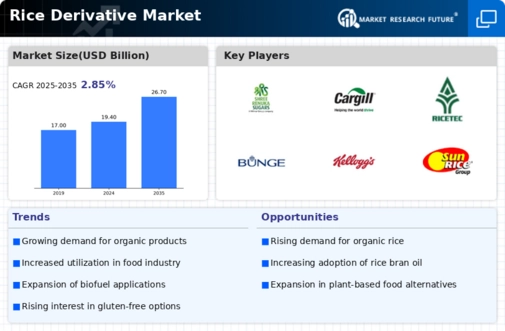
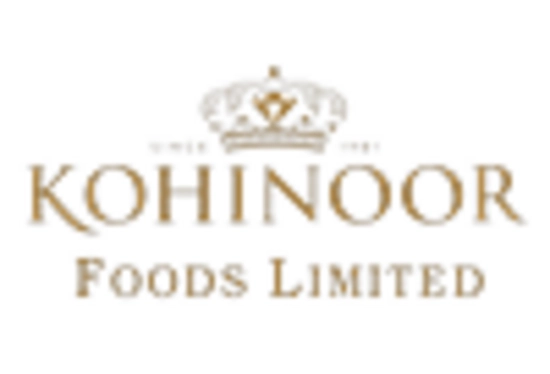
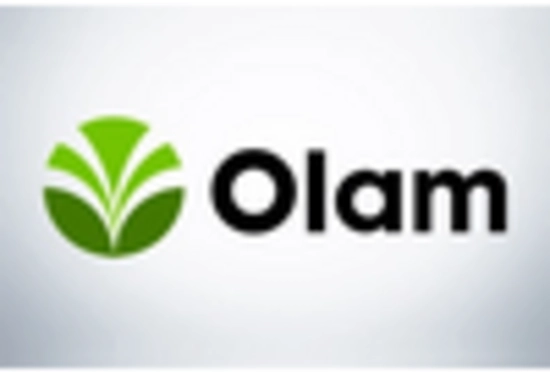

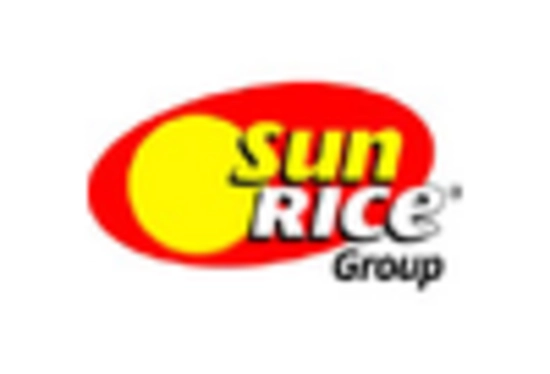
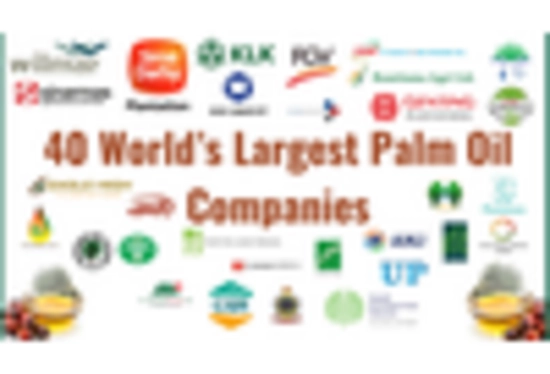
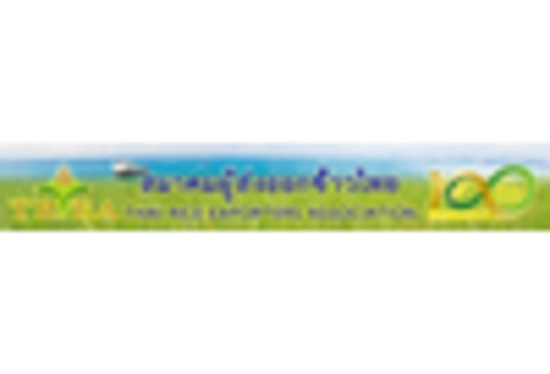








Leave a Comment